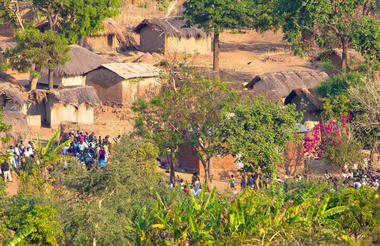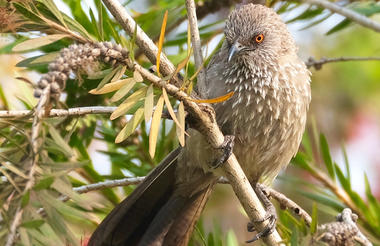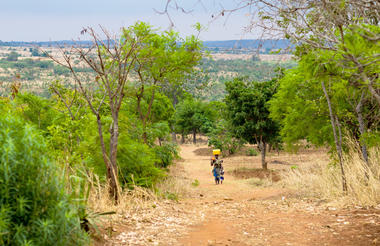Sprawling across 700 square kilometres of the Great African Rift Valley, Majete Wildlife Reserve’s undulating terrain incorporates grassy plains, riverside groves and forests of marula, acacia and leadwood interspersed with palms and the occasional baobab tree. The park provides a sanctuary for a wide range of wildlife, including black rhino, elephant, antelope and warthog, while the Shire River is populated by large numbers of crocodiles and hippos. Make sure to see the spectacularly beautiful Matitu Falls. This conservation success story is a must-see, with over 2500 animals having been reintroduced into the reserve since 2003 - making it home to Africa’s Big 5.
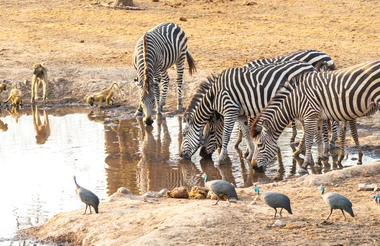
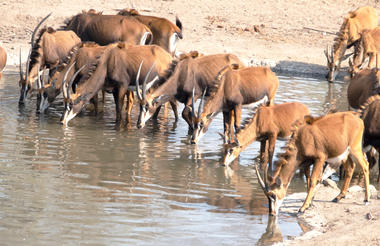
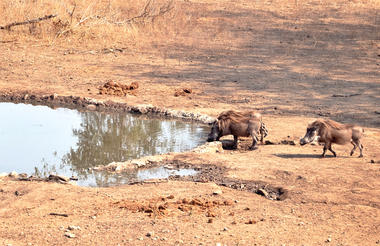
Located between Blantyre and Mount Mulanje in what is arguably the most beautiful region of Malawi, the town of Thyolo serves as the administrative capital of the Thyolo District. The area is best known for its historical tea and coffee estates, some of which date back as far as the early 1900s. With its tidy landscape of undulating hills and immaculately kept tea and coffee estates, the Thyolo area is a pleasure to explore whether by bike, vehicle, or on foot. Magnificent views of Mount Mulanje and the Shire River Valley in the distance are a highlight of the region, as are the excellent opportunities for birding, hiking, and mountain biking. Some of the estates also offer guided tours where one can explore the farm, learn how the plantations work, and enjoy tea or coffee tastings.
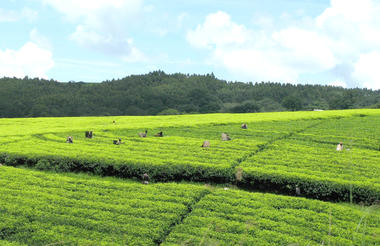
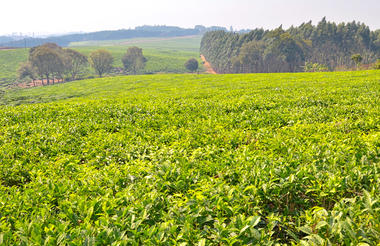
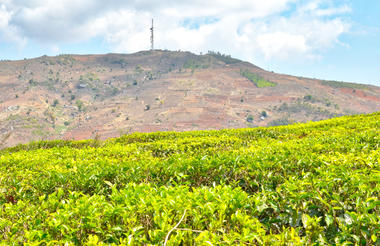
Liwonde National Park is situated at the southern tip of Lake Malombe in southern Malawi. Although Liwonde is a smaller park, it is arguably the most popular of all the game parks in the country. Malawi’s main river, the Shire, forms its western boundary and is the reserve’s lifeblood. Boasting plenty of animals including hippos, kudu, elephants, crocodiles and elephants, and even black rhino, the park has become one of Malawi's premier wildlife-viewing destinations. The birding opportunities here are excellent and a favourite sighting among birdwatchers is the Pel’s fishing owl. Visitors can look forward to a wide selection of activities including canoeing, sublime boating safaris, and excellently positioned camping spots. The area is also incredibly photogenic, with its lush Borassus palms, Impala lilies, and abundant wildflowers blooming after the rains.
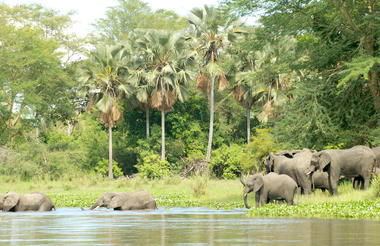
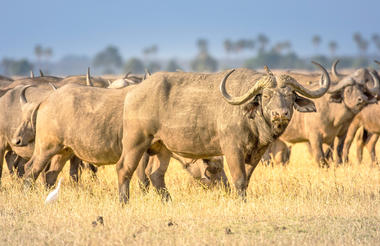
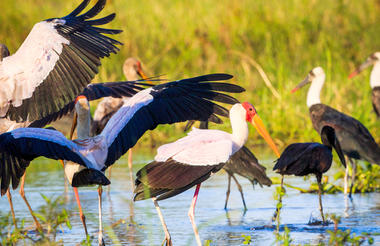
Mumbo Island is an ecotourist’s dream. Measuring just one square kilometre across, this remote islet is virtually uninhabited and covered with pristine miombo forests interspersed with ancient fig and baobab trees. It is surrounded by the calm, crystal clear waters of Lake Malawi, where you can swim and snorkel amidst schools of vividly coloured tropical fish. You may also encounter the island’s sole mammal inhabitant - playful and curious Spotted-necked Otters. The only resort on the island is built from sustainable natural materials that blend beautifully into the pristine surrounds.



At 1,050 metres above sea level in Malawi's central region, Lilongwe bridges traditional and modern Africa within its dual cityscape. The Old Town, characterised by bustling markets, small shops, and historic golf clubs, contrasts sharply with the organised structure of the New Town, a hub of embassies, government ministries, and modern infrastructure. Lilongwe's lush green spaces, particularly the Lilongwe Nature Sanctuary, provide an urban oasis that rehabilitates injured animals while promoting environmental education. The Kamuzu Mausoleum, built of marble and granite, is the final resting place of Malawi's first president, with pillars bearing his principles of unity, loyalty, obedience, and discipline. The Parliament Building, located near Capital Hill, houses the government's operations and is an example of modern Malawian architecture. Other sights worth seeing include a day trip to the Kumbali Cultural Centre, offering the opportunity to view traditional Malawian dancing and drumming, as well as an excursion to Chongoni Rock Art Area featuring one of the densest clusters of rock art in Central Africa.
